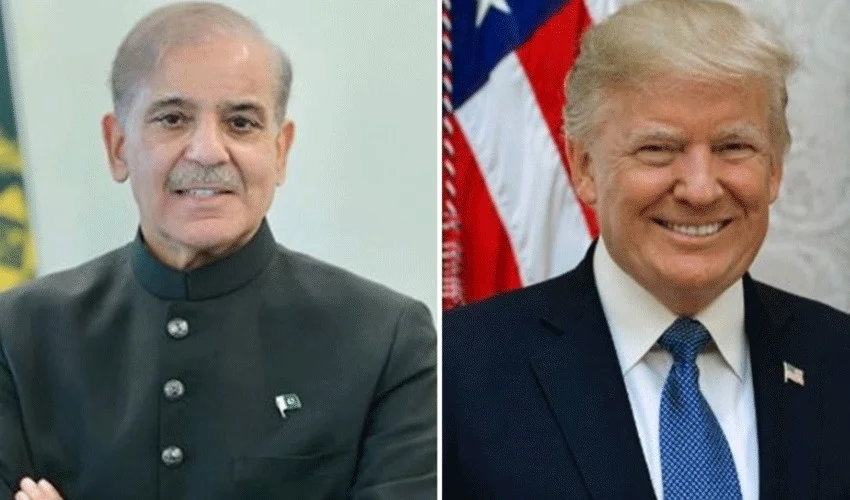Sweeping Tariff Hikes Announced by White House
In a dramatic escalation of global trade tensions, the United States has imposed import tariffs on 69 countries after the expiration of multiple trade agreement deadlines. The new tariffs, effective immediately, were announced by the White House as President Donald Trump signed an executive order to formalize the sweeping policy shift. This move marks one of the most extensive tariff implementations in recent US history, aiming to protect American industries and address ongoing trade imbalances.
Breakdown of the Revised Tariff Structure
The revised tariff rates vary from country to country, reflecting the complexities of US trade relationships. Bangladesh is now subject to a 20 percent tariff on exports to the US, while Türkiye faces a 15 percent rate. In a significant escalation, Canada saw its tariff increase from 25 percent to 35 percent, signaling rising friction even with long-standing allies. The tariff on India, imposed just a day earlier, stands at 25 percent.
The highest tariffs under the new regime target Brazil and Switzerland, with rates set at 50 percent and 39 percent respectively. The White House directive makes it clear that countries unable to finalize trade deals within the next week could face further hikes. Pakistan, which was initially facing a 29 percent tariff, successfully negotiated a last-minute agreement to reduce its rate to 19 percent.
Geopolitical Undercurrents: Focus on India and BRICS
While many of the tariffs are rooted in economic disputes, senior American officials have highlighted that the rift with India is as much geopolitical as it is commercial. The US is closely watching India’s active participation in the BRICS alliance and its strengthening ties with Russia—positions that diverge from Washington’s strategic interests. Officials stated that such intricate differences extend far beyond trade, and quick resolutions remain unlikely.
This geopolitical dimension has placed India under heightened scrutiny. The 25 percent tariff imposed on Indian goods is viewed not just as a response to trade imbalances but as a signal of American discontent with India’s foreign policy direction. The US has made clear, however, that negotiations remain open, though the resolution of such complex disputes will take time.
Mixed Outcomes for US Partners and Trading Nations
Canada, often seen as one of America’s closest economic partners, has been hit particularly hard by the new tariffs. The increase to a 35 percent tariff level raises concerns about the future of North American trade relations. Meanwhile, Bangladesh and Türkiye, both on the revised list, now confront double-digit tariffs that could impact their export-driven industries.
Pakistan’s case stands out amid the tariff storm. Having faced a potential 29 percent rate, Islamabad’s trade delegation managed to secure a reduction to 19 percent at the eleventh hour through intense negotiations. This development signals that while the US is willing to be tough, it remains open to compromise with partners willing to engage constructively.
Uncertainty Lingers Over Tariffs on China
China’s position in this sweeping tariff move remains undecided. Negotiations with Beijing are ongoing, and the White House has yet to announce a final tariff rate for Chinese imports. The uncertainty reflects the complexity of the US-China economic relationship, which has long been characterized by both competition and interdependence.
Senior American officials indicate that the outcome of these talks could have significant repercussions for the global trading system, given China’s central role in international commerce.
Seven-Day Window for Further Negotiations
Countries not included in the limited number of last-minute deals have been given a seven-day deadline to negotiate new terms with Washington. Failure to do so may see even higher tariffs imposed, further straining global supply chains and economic growth prospects.
As the world digests the ramifications of the US’s wide-ranging tariff decision, the global trading landscape faces a period of disruption and adjustment.
Topics #global trade disputes #international trade policy #trending pakistan #Trump executive order tariffs #US import tariffs




